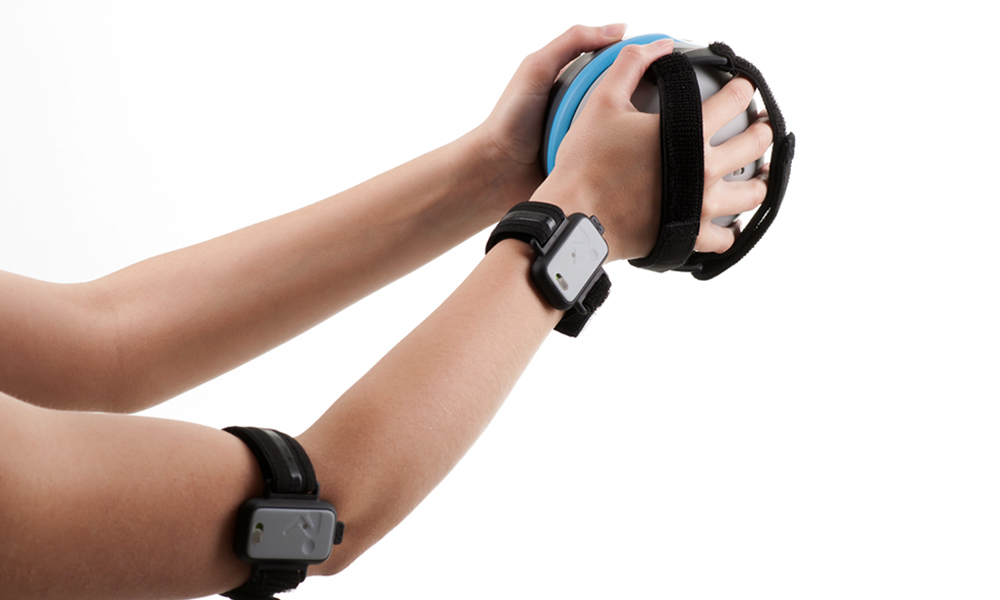
Kinestica stands for innovative and motivating rehabilitation. Our products provide a motivating therapy environment within virtual reality and enable better therapy outcomes in less time and with fewer resources.
Bimeo
Bimeo is a safe and elegant sensor based system that encourages patients to use the more affected arm, supported by the activity of the less affected arm. The Bimeo merges virtual reality gaming with proven rehabilitation methods to provide patients with activity of daily living type exercises, while specific tasks are designed for objective motor function assessment. Clinician can monitor patient’s progress and personalize the therapy program according to patient’s needs. Rehabilitation process becomes more effective and consecutively shorter.
Indications
Bimeo was primarly designed to help patients after a stroke and patients with neuromotoric disorders. During the initial clinical trials therapists extended the scope of patients threated. Untill now Bimeo has been tested and successfully used by patients with various neuromotor impairments as stroke ─ cerebrovascular accident (CVA), traumatic brain injury (TBI), spinal cord injury (SCI), Amyotrophic lateral sclerosis (ALS), multiple sclerosis (MS) and other musculoskeletal impairments of the upper limb (traumatic, orthopedic, rheumatic, etc.).
Benefits
Patients benefit from a clinically validated rehabilitation therapy, that enables an evidence based rehabilitation, with a wide variety of therapy modes according to the patients needs in just a short setup time. It is easy to use and enables the therapist to simultaneously assist multiple patients and therefore reduces therapy costs. Lightweight battery- powered sensing units without actuators completely eliminate the risk of injury for patient or therapist.

Bimanual mode
Arms are coupled to provide necessary assistance or resistance during movement. The coupling of arms enables controlled movement of the more affected arm in free space and in gravity minimized position. It enables the assessment and evaluation of passive arm range of motion.
